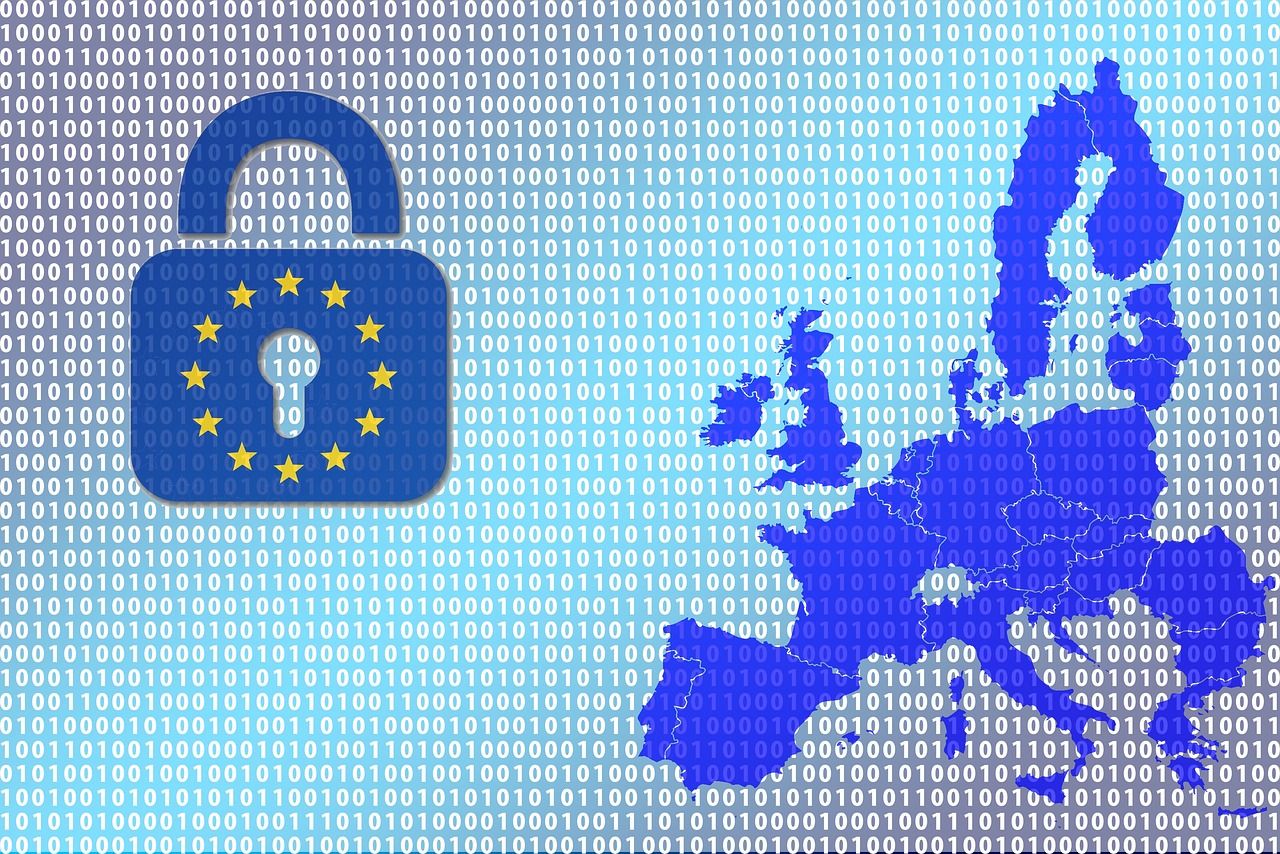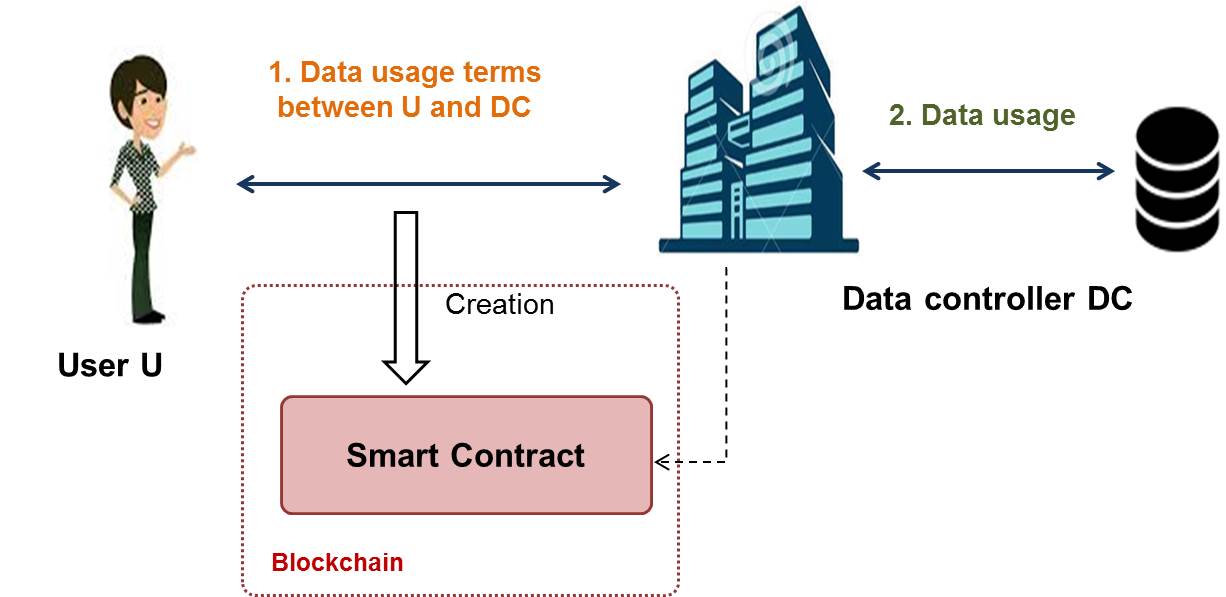Left out of the digital revolution?
Dominique Pasquier, Télécom ParisTech, Institut Mines-Télécom (IMT)
This text is published as part of the “Digital Society” column written by researchers from the Economic and Social Sciences department at Télécom ParisTech, members of the Interdisciplinary Institute for Innovation (CNRS).
[divider style=”dotted” top=”20″ bottom=”20″]
[dropcap]S[/dropcap]ome revolutions are silent ones. Internet integration in working-class areas is one such example.
Where do we stand in terms of the “digital divide”?
In the early 2000s there was a lot of talk about the “digital divide” focusing on inequality in terms of both access and uses. Annual reports by CREDOC have shown that over the past ten years working-class categories have started to catch up in terms of internet access: in France, between 2006 and 2017, the proportion of employees with Internet access at home increased from 51% to 93%, while for blue collars it rose from 38% to 83% (CREDOC 2017 : 48).
Age, rather than income or level of education, is now the most determining factor (8 out of 10 of those who never use the internet are 60 or older). But these same reports show that while the divide is closing in terms of internet access, internet use among working and lower classes remains less varied and frequent than among the middle and upper classes. Individuals without college degrees find it harder to adjust to paperless administrative services, do less research, buy less online, and only very rarely produce content. In short, there appears to be a kind of “working classes’ internet” that is less creative, less daring and less useful to a certain extent.
Shifting the focus
Perhaps the question should be looked at from a different angle. These statistical surveys are based on tallying up and lamenting shortcomings in comparison to the most innovative internet practices, meaning those of young, educated urban populations. The issue could be examined from a different perspective by starting out with the idea that the internet practices favored by the working and lower classes make sense in light of their everyday needs and that they are important indicators for understanding their relationship with the world and possible transformations in this relationship.
As Jacques Rancière explained in his analysis of written productions of workers in the 19th century, it is a matter of setting the equality of intelligences as a starting point for discussing and understanding how “a common language appropriated by others” can be re-appropriated by those for whom it was not intended (Rancière 2009 : 152).
This shifted focus would make it possible to perceive uses that may not stand out as remarkable, but which have dramatically transformed the relationship with knowledge and learning among those with low levels of education. Examples of such uses include looking up words used by doctors or found in headings of children’s homework. For sophisticated internet users, these uses may seem rather basic, but in the meantime they bring about profound changes by making relationships with experts less asymmetrical and by reducing the phenomena of “deferential attitude” among the working classes that Annette Lareau analyzes in her excellent book, Unequal Childhoods (2011).
Online research: learning and shopping
Employees with lower-paying jobs who do not use digital technology for work also spend a great deal of time online to inform themselves about their profession or their rights: the success of websites for caregivers is a good example. Childcare workers discuss their views on bringing up children and hospital service workers talk about their relationships with patients. It is also important to note the ways in which tutorials have revived interest in expertise traditionally held by the working class: novel cooking ingredients, new gardening or DIY methods and never-seen-before knitting patterns have made their way into homes.
Working-class families thus use the internet to learn, but they also use it make purchases. For people who live in rural or semi-rural areas, being able to access goods that had previously been impossible to find nearby in just a few clicks would appear to represent a huge opportunity. But in reality, it is a bit more complicated. Online marketplaces are less appreciated for their choice as they are for the savings they provide through browsing for special offers. Looking for deals is the main source of motivation, along with the fact that this makes it possible to manage supplies by purchasing in batches. At the same time, these savings are guilty of playing a role in weakening local business – or what remains of local business anyway.
In communities where people know each other well, shopkeepers are also neighbors – and sometimes friends – and betrayal can leave both sides feeling bitter. On the other hand, marketplaces for secondhand goods, such as Le Bon Coin which has recruited a significant number of rural and working-class customers, are described as virtuous markets: they allow people to enjoy leisurely browsing by geographic location (this has become a new source of gossip!) and provide an alternative to throwing away used goods. These marketplaces also give people the opportunity to earn a little money and help those who buy goods maintain a sense of pride, since they are able to furnish their homes or buy clothes at a low cost without resorting to donation systems. Online shopping has therefore led to paradoxical changes in relationships with the local community, as it has destroyed certain ties but created others.
Using the internet for reading and communication
The internet can be described as a relationship with writing – the mark of those who have created it. This can be difficult for individuals with low levels of education who do not write much in their work. Email, which requires standardized writing, is largely underused in these working-class families: it is only used to communicate with e-commerce websites or administrative services, and is often related to a problem in the latter case.
This is also because email is based on an interpersonal, asynchronous communication rationale that goes against the standards of face-to-face relationships and group discussion that are so prevalent in working-class communities. Facebook has fared much better: it allows users to exchange content by sharing links, is in keeping with a group discussion system and does not require formal writing of any kind. This social network appears to be a good way to stay in touch with extended family and close friends, while seeking consensus on shared values. It is a self-segregating network which is not particularly open to other social worlds.
While the internet has kept many of its promises in terms of our relationship with knowledge, it clearly has not managed to break down the barriers between different social worlds.
[divider style=”dotted” top=”20″ bottom=”20″]
Dominique Pasquier, sociologist, research director at CNRS and author of L’Internet des familles modestes. Enquête dans la France rurale (The Internet of Low-Income Families. A Survey in Rural France) Paris, Presses des Mines, 2018.
Dominique Pasquier, sociologist, research director at CNRS, member of the Interdisciplinary Institute for Innovation (i3), Télécom ParisTech, Institut Mines-Télécom.
The original version of this article was published in French on The Conversation France.
Also read on I’MTech















